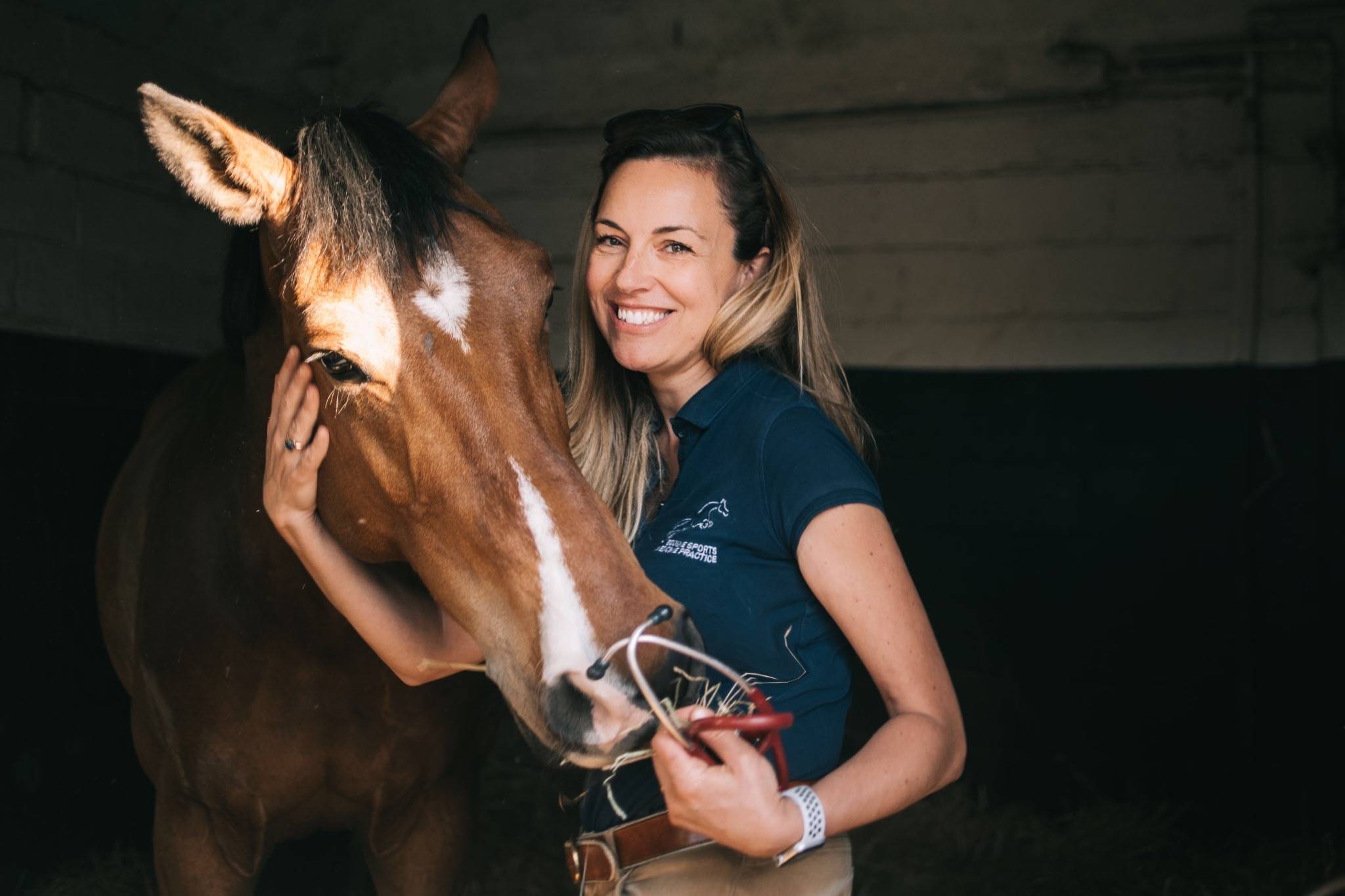Why Steam Hay?
Why Steam Hay has become a "no-brainer" question.
You are not alone in asking this. Theconcept raised eyebrows when it was first introduced. We all love our horses,but steaming their forage sounded extreme -- even for us horse crazy people.
Today, Haygain Hay Steamers are everywhereon the international competition circuit. Steamed hay is considered thestandard of care at that level, and understanding of its benefits is commonknowledge.
“It’s a no brainer,” said Tamie Smith, the2023 Land Rover Kentucky 5* Eventing Champion. “All you have to do is lookat steamed hay versus dusty, dirty, dry hay.”
Still, there are a lot of horses in theworld. And it’s a world where knowledge slowly spreads from one segment toanother. Many of us have our niches based on what type of riding we do, whatbreed of horse we have and where we are live.
Despite the differences, there are common denominators regarding horse care.
One of them is that Steamed Hay can helpall horses.
Here’s why…
Respiratory Risk Reduction
Extensive research establishes that Haygain’s patented steaming process reduces up to 99% of the respirable irritants commonly found in hay. These irritants are a major cause of equine respiratory disease.
Reducing the respiratory risks in the equine environment is veterinarians’ urgent advice for preventing and/or managing respiratory problems.
Many vets urge owners to start with hay. Which makes sense. Even hay of ideal nutrient content is grown in dirt. It’s harvested with heavy equipment and, often, hauled long distances and stored for long periods. Let’s face it –it’s dirty!
Hay’s role in respiratory health leads many of the educational discussions Megan Snyder, DVM, has with horse owners in her Maryland practice. “A lot of my clients say, ‘Oh, my hay is not dusty or dirty.’ I tell them to put it in a muck tub and tell me that what sifts down to the bottom is not dirty.”
“I have a list of environmental recommendations to help manage our respiratory cases,” the veterinarian continues. “The hardest thing is that there’s no cure for the disease. We could spend a lot of money on medications and inhalers, but if we don’t change the management strategies, we’re not going to make headway.”
Haygain Hay Steamers rank high on Dr. Snyder’s recommendations. “That is definitely one of the best management strategies to help control my respiratory cases. And I see a lot less respiratory emergency cases among my horses on steamed hay. Clinically, I have seen it make a big difference for them.
Tackling A Big Challenge
Respiratory health is one of the biggest challenges for domesticated horses. Studies show that over 80% of active sport horses suffer some degree of respiratory challenge -- many without obvious symptoms.
Belgian-based Emmanuelle Van Erck Westergren sees this reality first hand as a top sport horse veterinarian.
“We have tracked 400 cases in which horses were referred to our practice for poor performance. Between 50% and 80% had some degree of respiratory disease. Eventers had 100% and international show jumpers had 85% at the high end, while driving and leisure horses were at the ‘low’ end with 50% affected.”
Our horses' physiology is designed for free, outdoor living, in fresh air and constant ventilation, and nibbling on grasses all day. In their life today, harvested forage and stabling expose them to significantly increased respiratory risks.
That's not to mention dusty arena footing and the ever-increasing quantities of airborne particulate matter that can further stress respiratory function.
Forage is Good & Bad
Forage is a double-edged sword in equine management: it's critical to nutrition and digestive health, but also a major source of respiratory particles. These microscopic bits -- less than 1/10 the size of a human hair -- include dust, mold, bacteria and other allergens. They trigger inflammation and irritation that leads to conditions on the Equine Asthma Spectrum.
Research conducted in 2018 established that horses fed Haygain Steamed Hay were 65% less likely to have conditions on the Equine Asthma Spectrum.
Horse owners corroborate those findings in reports of easier breathing, fewer coughs and allergies and improved performance for healthy horses, plus significantly reduced symptoms for those with existing respiratory problems.
Why Not Just Soak Hay?
If reducing dust is your only goal, soaking will help in the form of dampening down dust – but with significant drawbacks. Soaking can leach nutrients, increase bacteria and mold and create a polluted post-soak liquid.
Plus, many horses don’t like soaked hay and it’s a messy, laborious hassle.





















